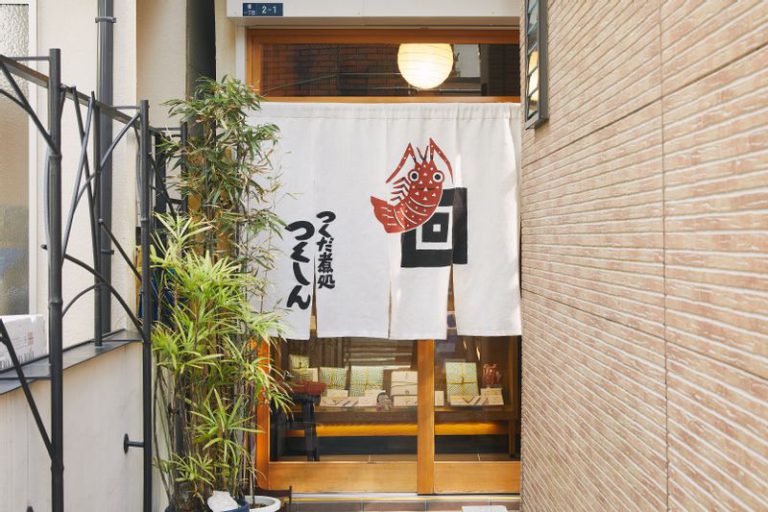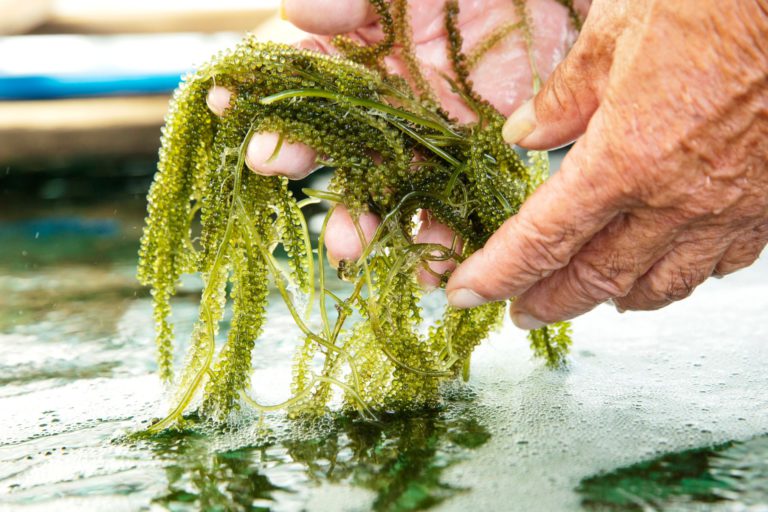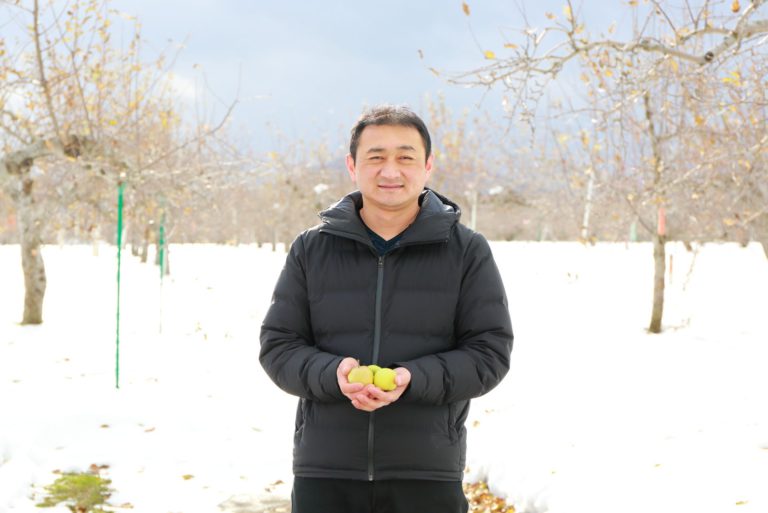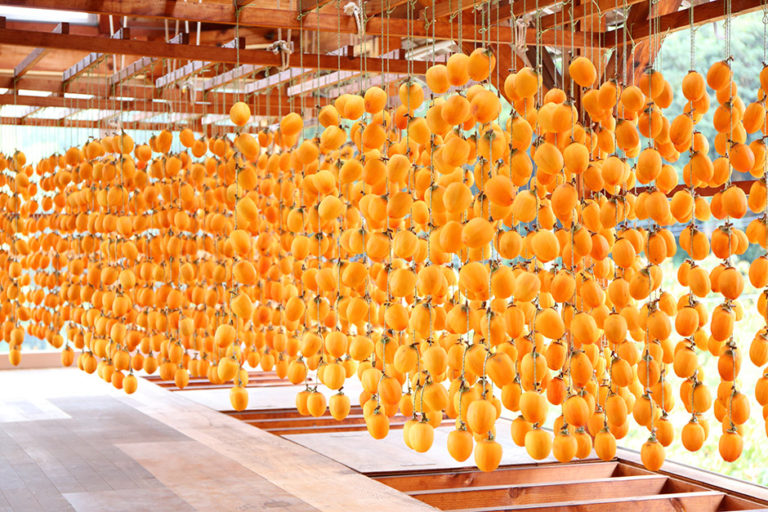Tsukudani, the Japanese Taste of Hand-Prepared Food Since the 17th Century
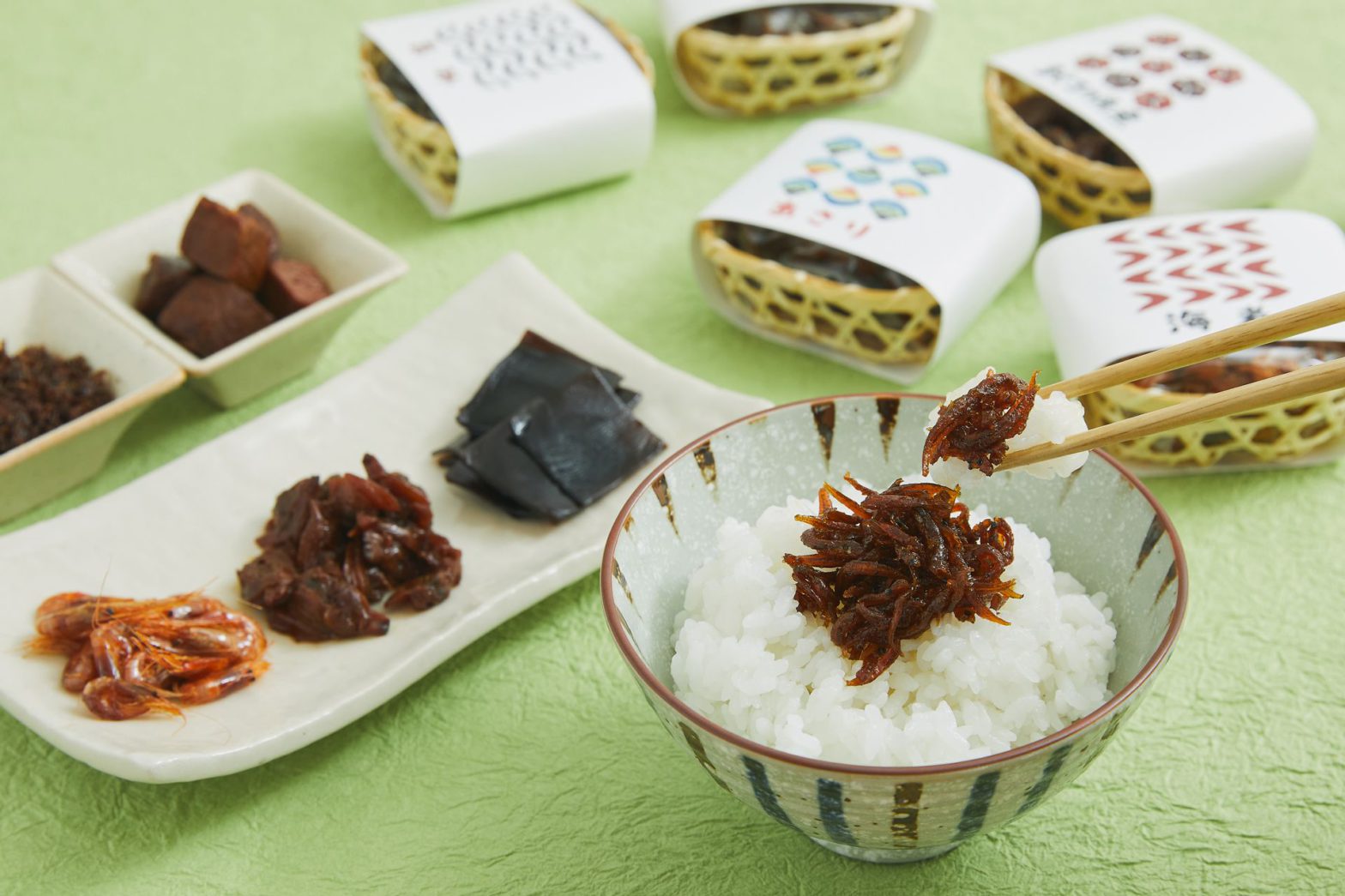
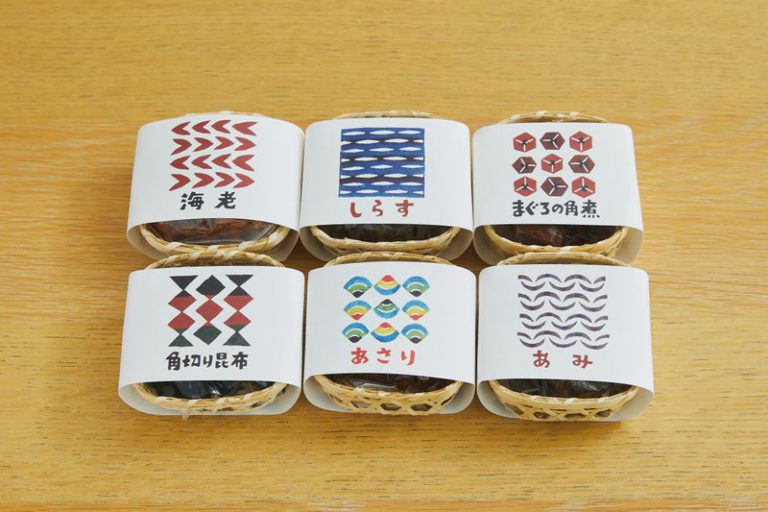
Let's look at what makes the Tsukudani Petit Gift Mini Takekago worth buying.
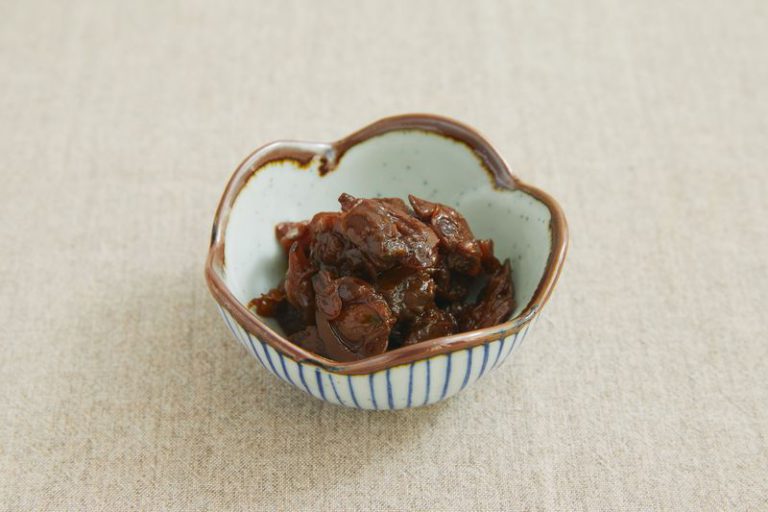
Not overcooked, moderately sweet tsukudani
xxxexcludexxxTsukudanixxxexcludexxxdokoro Tsukushin’s tsukudani is mildly seasoned, not too sweet or salty, to suit modern tastes. An abundance of sauce is used, but it is not overly reduced to give its flavor the right intensity.
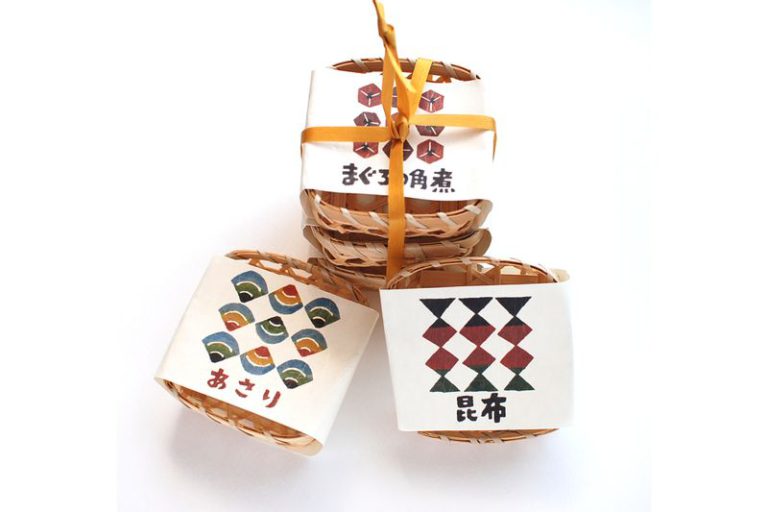
Small, folk-craft-style packaging for casual gift-giving
The single-serving-sized packaging makes it perfect as a token of thanks or gifting to many people. The folk-art design on the packaging is also attractive.
Historically, the tsukudani shop has been in old Tokyo (known historically as Edo)'s fishing town, Tsukudajima, for generations.
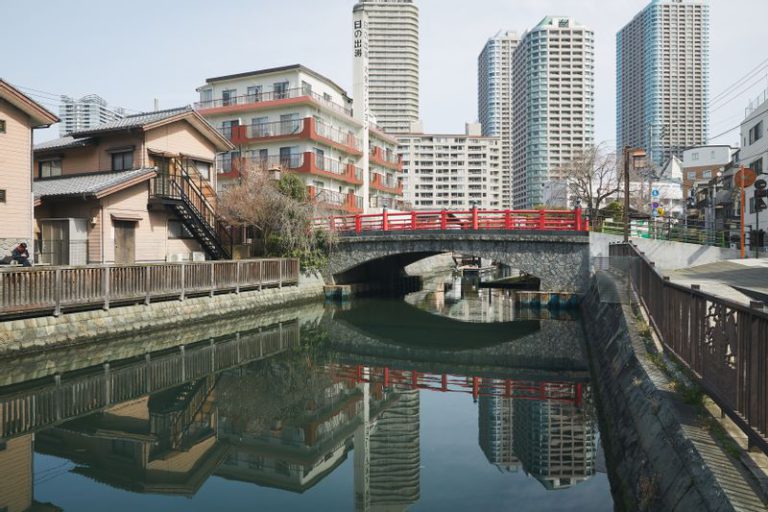
Tsukuda, Chuo Ward is a downtown area of Tokyo. The area reclaimed in the early part of Japan’s Edo period (1603-1867) was made famous as a fishing industry center. It is now a unique town with a mixture of dense high-rise condominiums and nostalgic 20th century scenery.
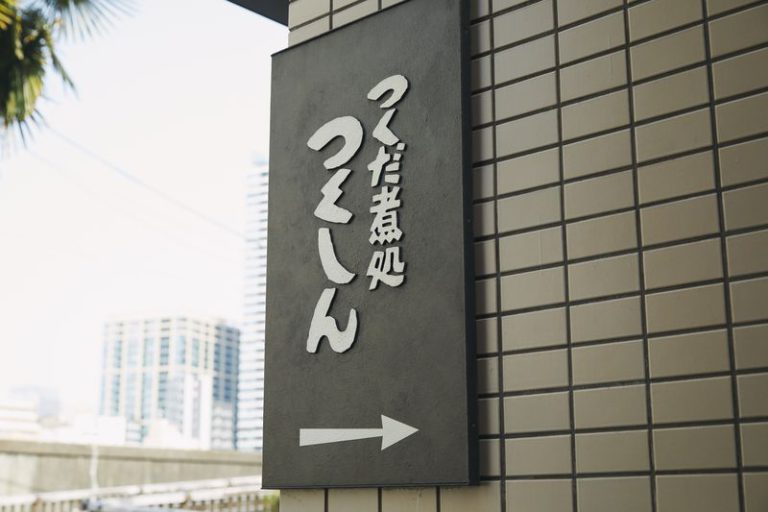
xxxexcludexxxTsukudanixxxexcludexxxdokoro Tsukushin’s factory and shop are in a narrow alley near the banks of the River Sumida. The Tsukudani Petit Gift Mini Takekago are sold in small bamboo baskets, like those used for light dishes in Japan, each containing about 70 grams of tsukudani.
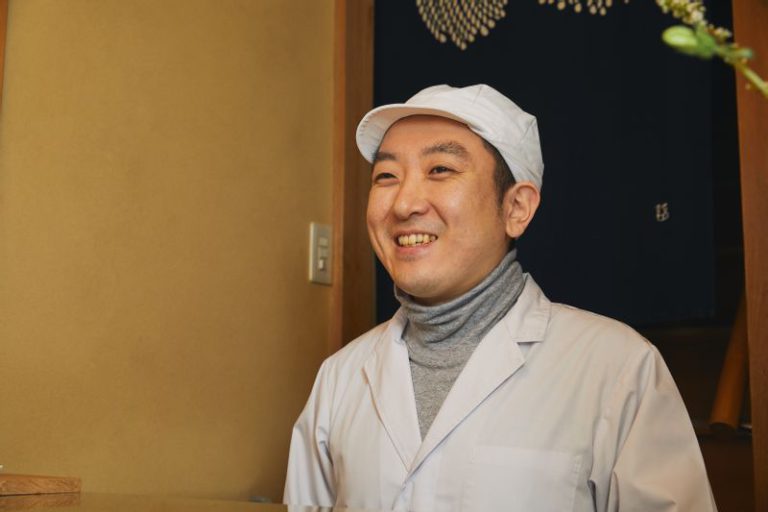
Tsukushin’s owner Yoshihiro Kobayashi says, “Tsukudani has a long shelf-life, but it dries out and loses flavor over time once you break the seal. We want customers to enjoy the freshly made taste in small portions and think, ‘ah, that was delicious, but I want a bit more.’ That’s the feeling we’re after when making our products.” He laughs, saying that his family has been making tsukudani in Tsukudajima for generations since the Edo period, but he’s unsure what generation he would be.
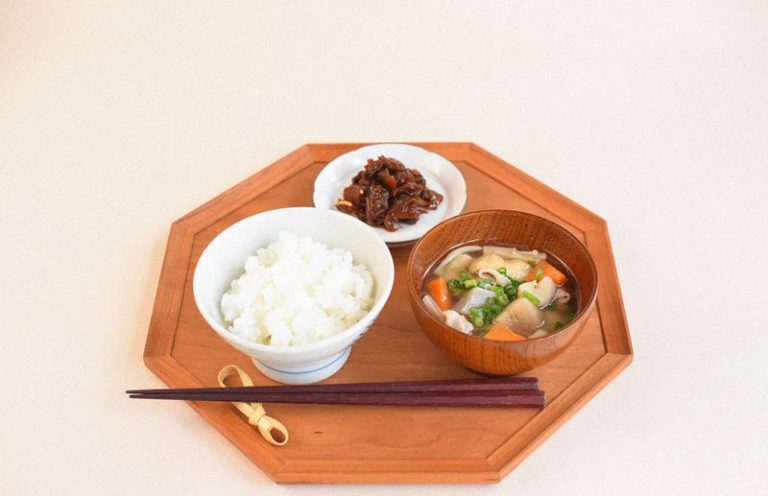
Kobayashi invented the Tsukudani Petit Gift Mini Takekago ten years ago when he took over the family business. He wanted to spread tsukudani to a wider audience, not limited to seniors and not only as a mid-year or year-end gift but also as an everyday, casual gift. By limiting sales to in-store and online, he manufactures the products using ingredients a grade higher while keeping the price affordable.
“What we’re aiming for is a dining companion that comforts the mind and body of the receiver. Just as the cookery expert Yoshiharu Doi advocates, ‘one soup, one dish,’ we don’t want to compete for culinary excellence, but want people to enjoy a meal that brings relief in their daily lives,” says Kobayashi.
Tsukudani is a preserved food embodying the spirit of "waste not, want not."
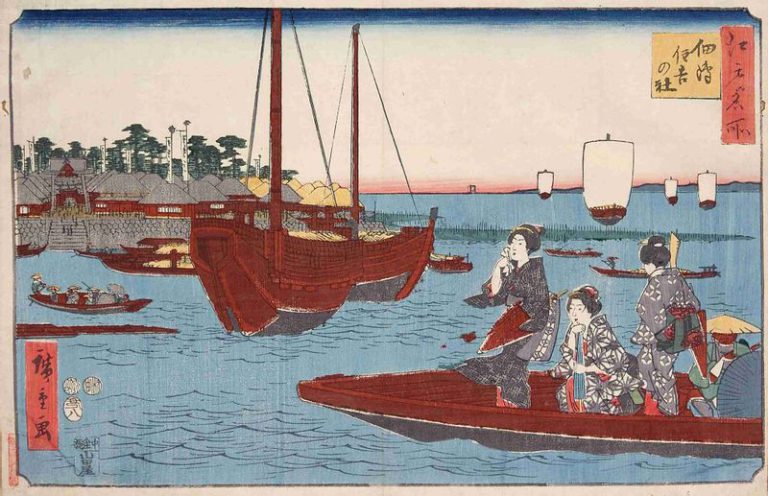
Tokyo Metropolitan Central Library Special Collection Room
Edo-style tsukudani began when fishermen from Tsukuda village in Settsu Province (present-day Tsukuda, Nishiyodogawa, Osaka Prefecture) assisted Tokugawa Ieyasu in escaping from Sakai to Okazaki during the Honnoji Incident of 1582, and moved to Edo (the historical name for Tokyo), receiving privileges to access the kitchens of the mansions of the shogunate and his vassals. Tsukudajima was reclaimed in around 1650, and fishermen settled there. It is said that they cooked small fry they could not deliver to the market in salt to preserve them when the sea was too rough to fish.
During the Sumiyoshi Shrine festival on Tsukudajima, small, stewed fries were served with sake to visitors, and the custom seems to have spread to other parts of the country. Incidentally, it was not until near the end of Edo period that tsukudani changed to being soy-flavored when soy sauce and sugar became available.
Hand-cooked tsukudani is prepared slowly in small batches using age-old methods.
Tsukushin offers a constant range of 12 types of tsukudani. They make each item every day early in the morning and put freshly-made ones on the shop shelves. On our visit, they showed us cooking kombu, or kelp.
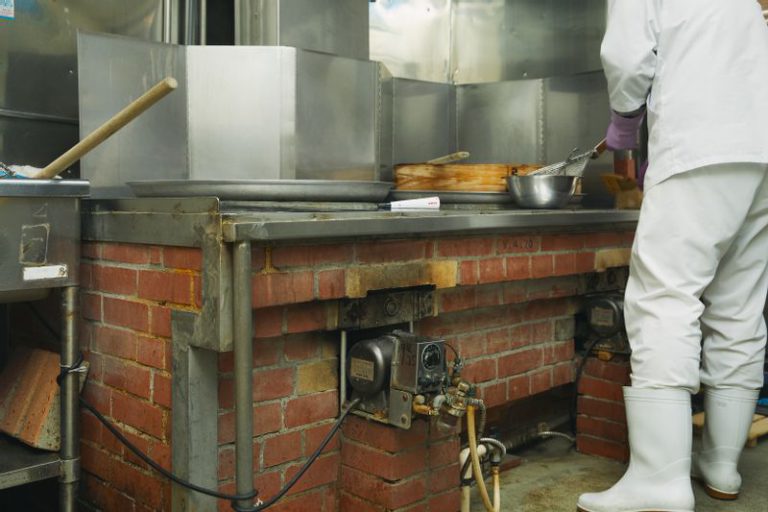
(1) A well-used brick stove is used for cooking. The radiant heat is said to cook the kombu in a stabler and slower manner, making it tender and moist.
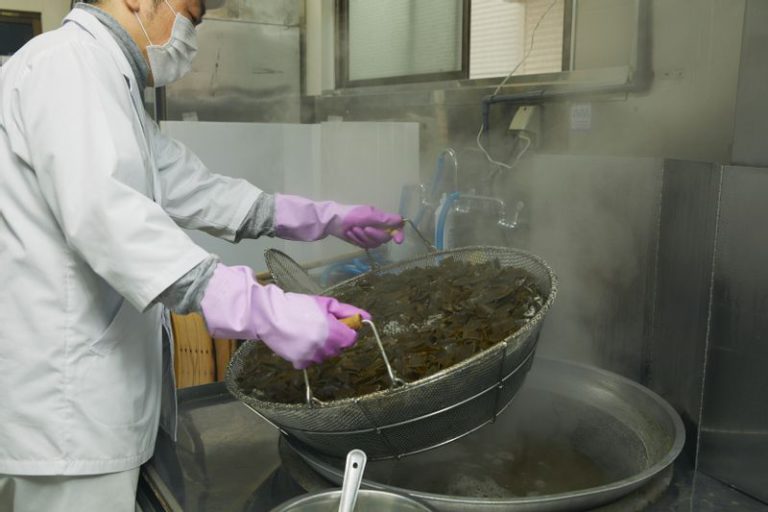
Square pieces of Hidaka kombu are cooked on the stove for about an hour. They are not overcooked and are taken off the stove for a time when they reach the right texture.
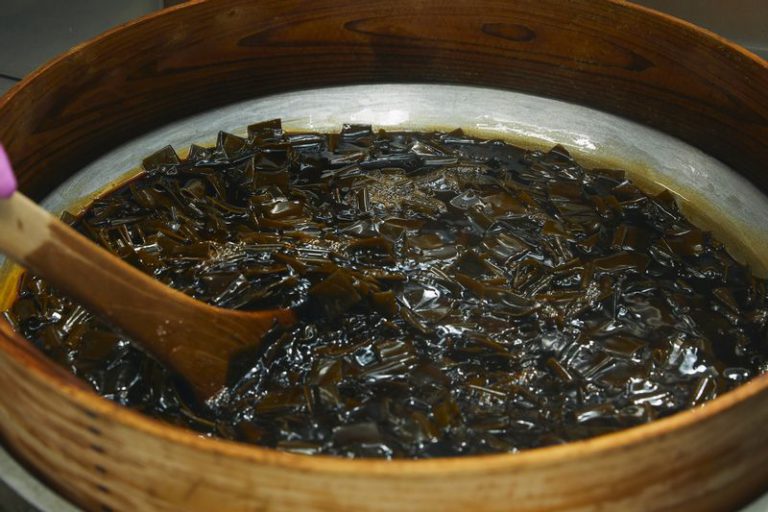
(2) The kombu is seasoned with soy sauce, sugar, sake, and additional sauce, and akazake (red sake) from Kumamoto for an additional, subtle flavor. It is cooked for about an hour in plenty of sauce without overly reducing it.
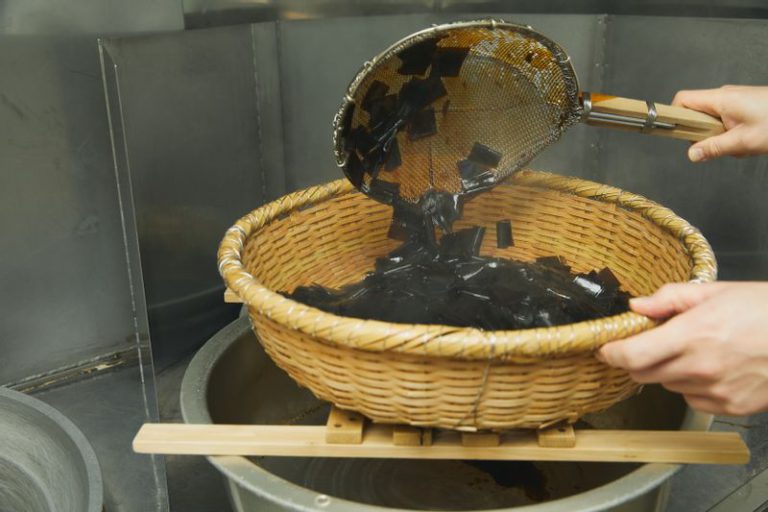
(3) When the kombu is well softened, it is transferred to a bamboo basket to drain the excess sauce. The continued use of the basket made of natural material, like in the past, lends it a good flavor.
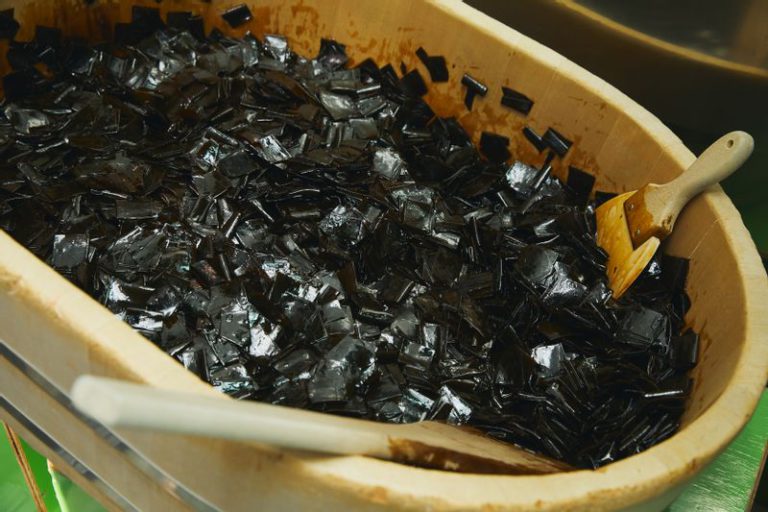
(4) After the sauce is drained, the cooked kombu is placed in a wooden rice container to release the steam. Cooling the kombu with an electric fan allows the sauce to soak in well. Some shops sell tsukudani by heaps in a bowl by weight, but Tsukushin vacuum packs it in small batches as soon as it cools.
Kombu tsukudani is slightly sweeter than traditional tsukudani, making it easier to enjoy kombu. The Kobayashi family often eats it by combining it with other tsukudani rather than as a single dish for snacking on. Pickles are the most common accompaniment to meals, but when tsukudani is combined with rice and side dishes, the umami components multiply, making a meal more enjoyable.
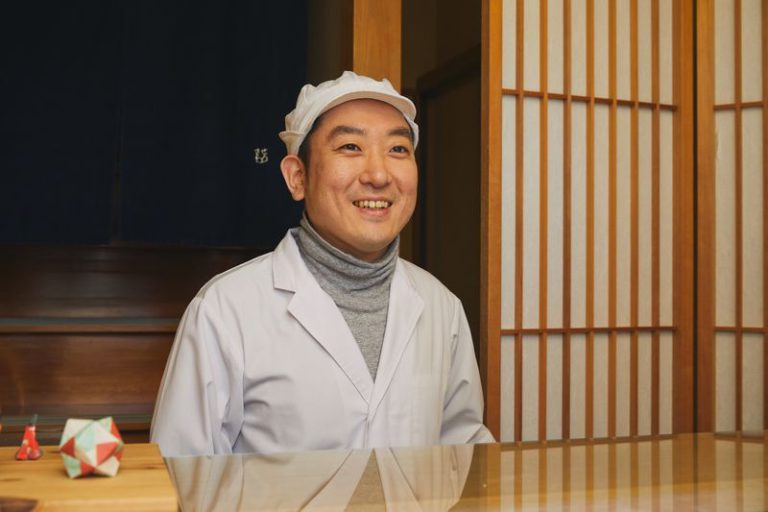
“We’ve been actively buying surplus sea eels and tuna due to the COVID-19 pandemic and turning them into tsukudani to extend their shelf life. Because our shop is close to Toyosu Market, we can use fresh ingredients, and I think the goodness of the ingredients comes through in the tsukudani,” says Kobayashi.
Folk art-style packaging design is also charming
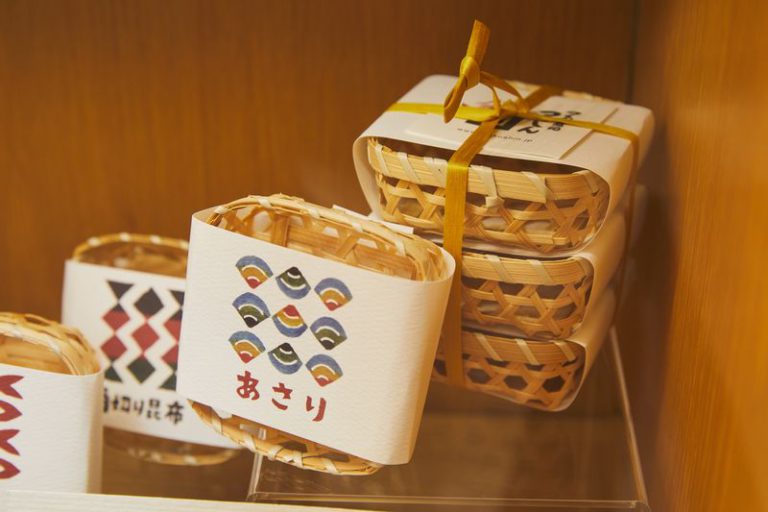
Tsukudani Petit Gift Mini Takekago’s package design is well-received by female customers. The traditional way of tying the bamboo basket with three hornbeam strings has an Edo-chic appeal.
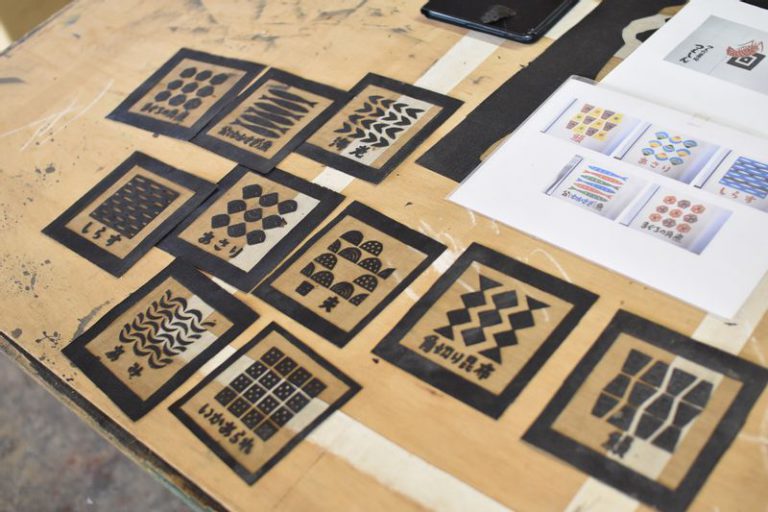
The wrappers, changed for each tsukudani type, are called katazome-e. The ancient Japanese dyeing technique involves cutting paper to create patterns and gluing them to produce colorful motifs. Koichi Odanaka, a leading expert, is responsible for the whole design, from Tsukushin’s shop curtains to the typography on the gift wrappers. Tsukushin’s daily dedication to tsukudani-making and the warmth of its handiwork are palpable from the rustic and tasteful wrapping papers.
Tsukushin’s mild tsukudani made by young artisans is a must-try for young people who have an antiquated image of tsukudani.

